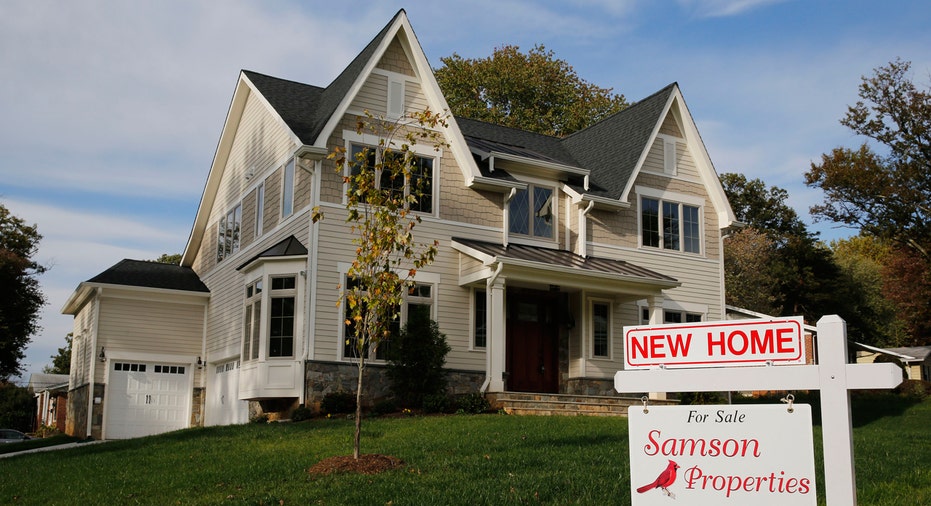Builder Confidence Best in Nearly 10 Years

Monday’s survey from the National Home Builders Association (NAHB) for the month of October came in better than expected, and data such as this renews hope that the overall economy could be on firmer ground.
In fact, Builder Confidence in the market for newly constructed single-family homes rose three points in to a level of 64 on the NAHB/Wells Fargo Housing Market Index (HMI). This month’s reading is a return to HMI levels seen at the end of the housing boom in late 2005, said the NAHB.
Daren Bromquist, a Vice President at RealtyTrac, thinks when we look at today’s data from the NAHB, it should it should lead us to believe “homebuilders are thinking rationally with the housing market.”
He thinks it’s about time they [homebuilders] gained more confidence given strong sales data and low foreclosure activity. In 3Q, Bromquist said 133,000 properties started the foreclosure process, the lowest quarterly number since the second quarter of 2005.
Monday’s strong number continues a trend experienced over the last several months.
“The fact that builder confidence has held in the 60s since June is proof that the single-family housing market is making lasting gains as more serious buyers come forward, NAHB Chairman Tom Woods said in a press release.
According to the NAHB report, all four regions (when looking at three-month moving averages for regional HMI scores), posted gains, with the West leading the way, registering a five-point uptick to 69.
“The NAHB measures have bounced sharply through this expansion after the last cycle’s unprecedented plunge, as we dig out of housemageddon,” Mike Englund, Principal Director and Chief Economist, for Action Economics stated.
“Builders work ‘on the margin,’ and though activity in the housing sector has not fully recovered, we have seen a persistent a 5%-10% growth rate for the housing sector overall since 2011 that looks likely to continue into 2016 even if the Fed starts its tightening cycle and short-rates lift above zero,” he said.
And maybe there will be a different outcome compared to the last “housing bubble.”
“A lot of the players learned their lesson from the last housing bubble including builders being cautious when building new homes,” Bromquist said. “Home price appreciation is also slowing down, and it’s a good thing because the market is behaving rationally.”
So maybe this trend will continue to gain momentum for the rest of the year and into 2016.
“Consumer confidence, in general, and housing data, in particular, offer investors encouragement that the U.S. is not likely to slip into recession anytime soon, Sam Stovall U.S. Equity Strategist for S&P Capital IQ notes.
Ultimately, Bromquist believes housing nationwide is on solid ground for the foreseeable future, but stresses that most things are cyclical.
“Housing and the economy go in cycles, and other problems in the economy will likely be a drag on housing, unlike when housing appeared to be at the forefront during the last crisis.”



















